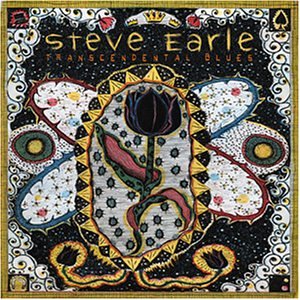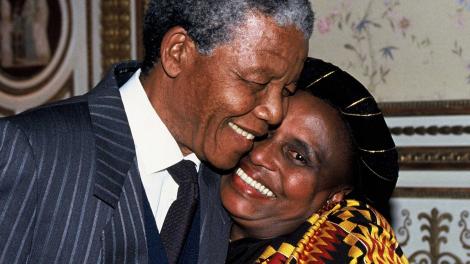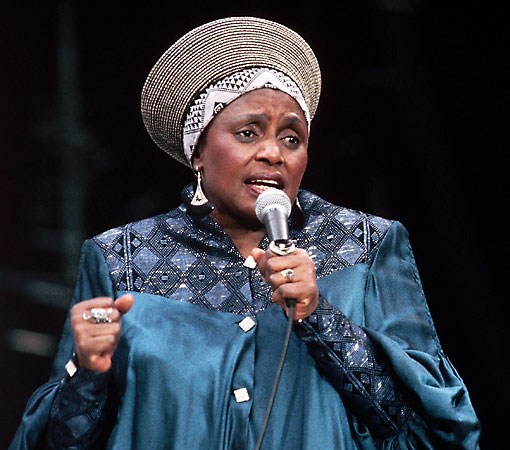Born in Virginia, but raised in the San Antonio, Texas area, Steve Earle picked up a guitar early in life and never looked back. A protégé of legendary songwriters Townes Van Zandt and Guy Clark, Earle quickly became a master storyteller in his own right, with his songs being recorded by Shawn Colvin, Johnny Cash, Willie Nelson, Emmylou Harris, Waylon Jennings, Travis Tritt, The Pretenders, Joan Baez and countless others. 1986 saw the release of his debut record, Guitar Town, which shot to number one on the country charts and immediately established the term “New Country.”
"Galway Girl" is from Steve's album "Transcendental Blues" which was released in 2000. It is said that he encountered an absolutely stunning, raven haired girl with blue eyes in that city that simply knocked him out. The theory being that County Galway citizens have a little Spanish blood in them from those who survived the wreckage of the Spanish Armada. People from that area are called "Black Irish" as a result. My father being one of them.
This is a very Irish sounding piece, and with good reason. Sharon Shannon plays on this cut as do a host of other Irish musicians:
- Steve Earle - mandolin, vocals
- Sharon Shannon - accordion
- Mary Shannon - banjo
- Liz Kane - fiddle
- Yvonne Kane - fiddle
- Jim Murray - guitar
- Bill Wright - bouzouki
- Dan Gillis - tin whistle
- James Blennerhassett - upright bass
- Joyce Redmond - bodhran
- Noel Bridgeman - drums
Shannon would later cover this song in Ireland and it would stay at #1 on their charts for three weeks.
One thing you can't say about Steve Earle is that he is boring. He has been married seven times, was arrested for heroin possession, did some time for cocaine and weapons possession and has been nominated for 14 Grammy's, winning three times for "Best Contemporary Folk Album". He acts in movies and on t.v., and in many cases he is playing his own material. His latest album, "Never Get Out of This World Alive", is matched by a book he wrote with the same title.









